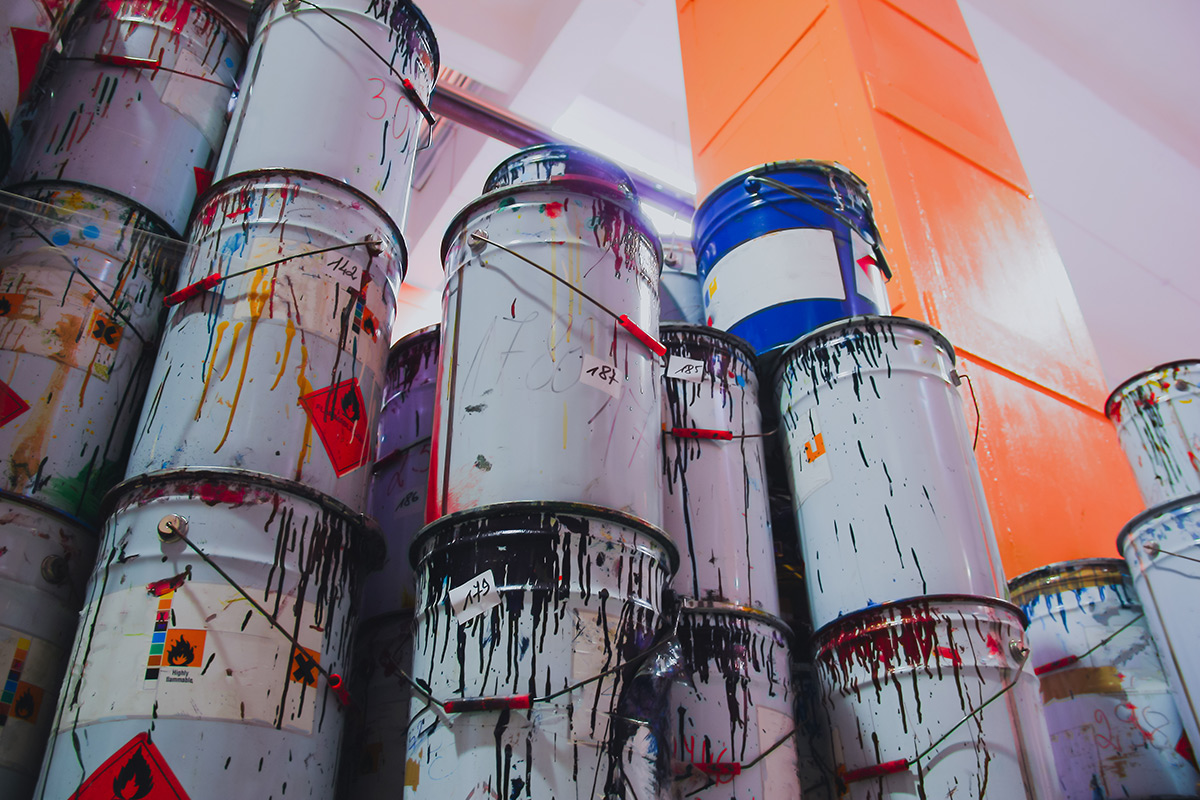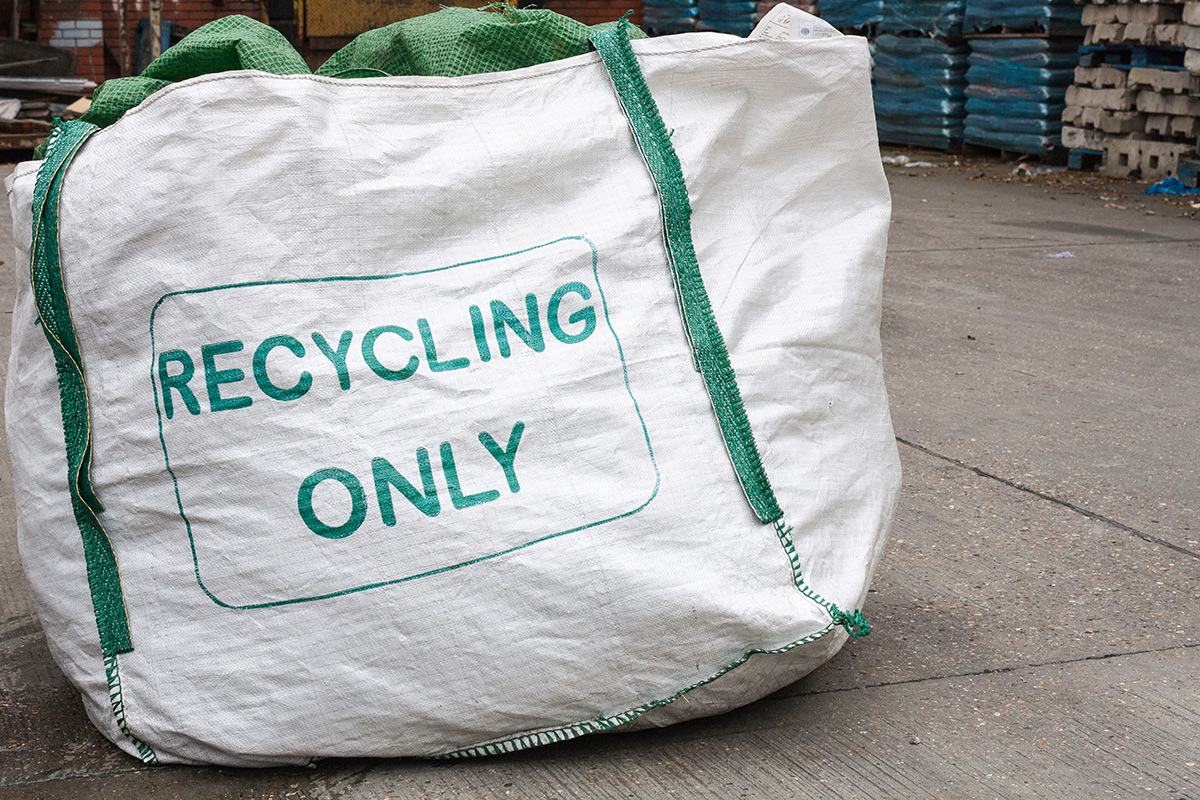Positive Impacts of Strategic Waste Management at Mining Sites
Introduction
Day-to-day sustainability is extremely important when it comes to working on big operations in the mining industry. One of the most significant parts of the mining industry that makes the operation possible is machinery such as automation, electric vehicles or equipment that are being used.
When thinking of mining, the first image that comes to mind is the enormous vehicles and equipment used to make these large tasks possible. However, fundamentals such as waste management are often overlooked and forgotten.
WHAT IS WASTE MANAGEMENT?
Waste management is about safely disposing of and recycling hazardous and chemical waste. It is essential in the effort to create a safe working space for businesses and reduce the environmental footprint.
WASTE MANAGEMENT IN THE MINING INDUSTRY
Waste management is essential to all mining sites. It means that, if appropriately managed, it can be a safe, productive, and sustainable yet efficient place for its workers, community, and the environment.
Minimizing the footprint on the environment is a day-to-day operation and something that can not afford to be overlooked. It is crucial to be managing mining waste on-site rather than allowing it to pile up and sit for an extended period.
When waste is allowed to build up on-site, it can cause:
- Irreversible damage to the environment
- Health and Safety risks on-site for staff
- Reduction in efficiency and profitability
The A&M Way: A Safer, Greener Today for a Healthy Sustainable Future
At A&M Remediation, we are experts in bettering the world around us and driving for a greener future. We work to better the planet’s sustainability and create safer worksites for businesses and the people who work for them.
With the commitment to helping complex operations embrace a greener economy, A&M Remediation has the skills to share environmentally innovative steps to help with waste management in multiple industries such as mining, manufacturing and construction.
WHAT DOES WASTE MANAGEMENT LOOK LIKE?
Correct waste management starts with understanding the different types of waste created at these mine sites and how to dispose of them appropriately.
Mining safety is undoubtedly an essential part of working at a mining site. Each year thousands of gallons of solvents and millions of gallons of used oils, grease, and lubricants are used to maintain and repair the heavy equipment used at mining sites.
Equipment maintenance and repairs are constantly needed to ensure that mining productions continue safely. This means that the use of certain liquids and oils is unavoidable and essential for day-to-day life on site. This will allow the workers and community to comprehend the more significant challenges of managing waste oils and mental scraps.
TYPES OF MINING WASTE
LIQUID WASTE
Waste oils and other liquid waste management are essential to helping reduce the impact of environmental damage to both land and bodies of water. Mining sites should be mindful when dealing with waste oils and liquid wastes, such as:
- Motor oil
- Waste industrial oil
- Cutting oil
- Tramp oil
- Miscellaneous oil
- Biowaste water
- Chemical solvents
- Wastewater
METAL SCRAPS
Metal scraps are another type of waste that should be a concern at a working mining site. They are often a type of waste that ends up being buried, whether it is in the corner of a mine or landfills. It is vital to help reduce the negative environmental impact of forgotten waste, such as metal scraps left behind on a work site.
We started our business, A&M Remediation, with the mindset of creating a cleaner, safer, more sustainable environment. We built our business with our knowledge of the different types of hazardous wastes that consistently affect the environment. With this perspective, we began developing strategies for waste management that are beneficial for our clients and the environment.
We continue to work on operations to create an effective, efficient, and hassle-free environment for our clients while ensuring each type of waste is disposed of accordingly.



EFFECT OF WASTE ON THE ENVIRONMENT
The environment around mine sites is constantly affected by waste that has not been correctly disposed of or recycled. In addition, mine operations have equipment that produces oils and lubricants that are not handled effectively.
It is essential to be aware of how handling used waste should be disposed of or if there is a way to reuse the products to avoid causing damaging effects to the environment.
“[Without proper procedures] waste from mining dumps finds their way into water bodies. They have a great impact on agricultural land, contaminate groundwater and surface water; hence, affecting aquatic life.” (Agboola, Oluranti, et al.)
The environment on both land and water is affected when liquid waste and metal scraps aren’t handled properly and simply dumped on site or left underground. Leaving waste management to be dealt with later allows for waste pile-ups to be forgotten about. Over time the piled-up waste can negatively impact the community, whether on agricultural land or contaminating both ground and surface water.
With conscious effort, it is possible to avoid negatively impacting the environment with waste pile-up by ensuring the waste is disposed of or recycled correctly around mining sites.
SUSTAINABLE WASTE MANAGEMENT
Reducing the amount of waste generated is something that A&M Remediation works toward when helping mining sites sustainably manage their waste. Our services use source reduction, waste management strategies, and recycling knowledge and skills to help these mining companies make a greener economy.
A few of our housekeeping procedures that can positively impact the way a production runs and helps the environment are:
Source recycling (reduce, reusing, and recycle)
- Source recycling is meant to find waste that has the potential to be reused to reduce the amount of waste being thrown out.
Managing waste at on-site operations
- On-site waste management can significantly reduce contaminants or pollutants to decrease the risk of waste negatively impacting the environment. Segregating waste will help avoid contamination of lower-risk waste with hazardous constituents from other sources.
These methods are meant to better the waste management at mining sites and allow for greater productivity.
On-site mining operations are often faced with the challenges of waste management.
However, partnering with A&M Remediation allows mining companies to see a significant reduction in waste through improving housekeeping and implementing procedures to limit or divert waste.
This helps increase Safety and productivity immediately.
A&M Remediation helps companies become leaders in their industry for better day-to-day sustainability practices. We work hard to build an efficient recycling program to help mining companies lower the social, environmental and climate footprints they leave behind.
Interested in learning more about our approach or how we can safely and efficiently clean mines that are hundreds of feet in the ground? Contact us today.
Works Cited
Agboola, Oluranti, et al. “A Review on the Impact of Mining Operation: Monitoring, Assessment and Management.” Results in Engineering, Elsevier, 6 Nov. 2020, https://www.sciencedirect.com/science/article/pii/S259012302030089X.
Top photo by Radowan Nakif Rehan on Unsplash

